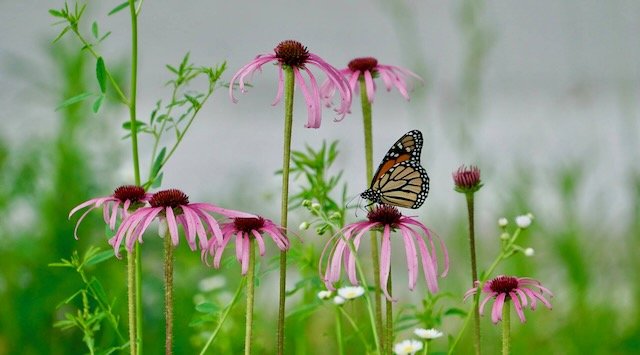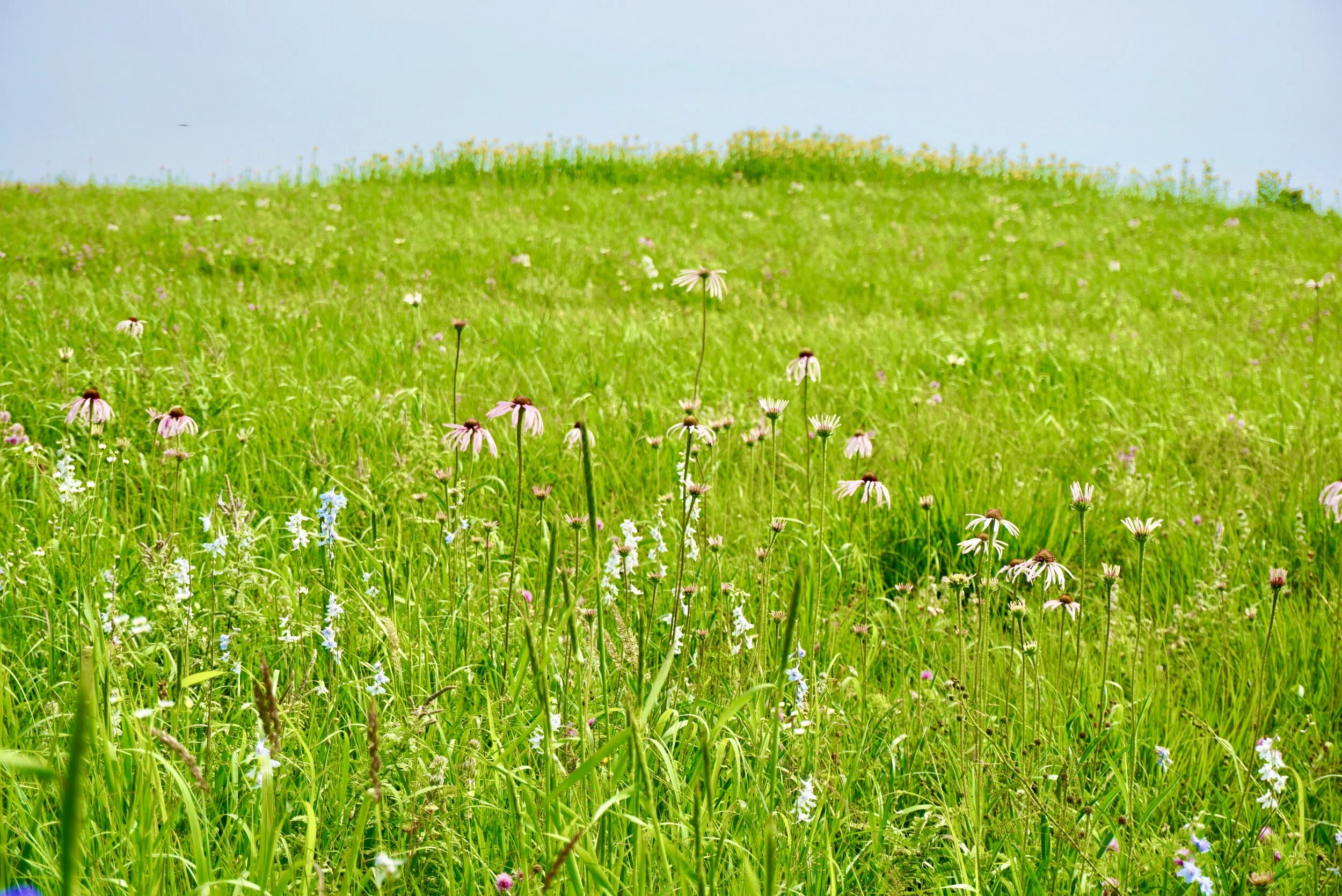Field notes and photos by J. Cantrell
I’m very sentimental when it comes to natural history. I wonder what it was like way back when…and what a beautiful SHOW ME region it had to be when the land was in its original state. Historically, a third of Missouri was prairie and native grasslands were dispersed among stunning upland woodlands and savannas. Numerous savannas had mammoth canopy trees of post and burr oaks that could endure the periodic fires. Their tree roots “subwayed” beneath nutritious native grasses and forbs for turkey, grouse, wapiti, and deer. The transition lands of woodland and savanna would have appeared to what we recognize today as “parklike.” Eventually, the trees and native undergrowth gave way to larger acreages of prairie.
I believe a prairie has to be ambled through and revisited frequently to be understood. True, one can appreciate the color of Indian paintbrush, the masses of wild hyacinth, or purple troops of blazing star from Interstate 49 in a few limited locales. Still, there is nothing like walking in the native grassland and having discoveries right at your feet and then looking up to the skyline. It is challenging for me to give measured thought to what was- literally millions of acres of tallgrass prairie which eventually blended into the shortgrass prairies of today’s western Oklahoma, Texas, Colorado, and northward. We hear of historical accounts of bison, wolves, and elk but our history books often neglect the other organisms that naturalists miss: There were substantial clouds of insects and the song and shorebirds that grew fat on them. One of America’s most common migrants was the Eskimo curlew which came through western Missouri in the millions and is now thought to be extinct. There are still relics of migrating flocks of American golden plovers, Buff-bellied & upland sandpipers, and bobolinks that gave our land a connection from the Argentine to the northern plains and even the tundra itself.
Our prairie-rich soils contributed to the progress of our farms and grazing pastures today. Currently, we are fortunate the public recognizes the importance of our heritage and especially the well-being of the biodiversity we have remaining in our country. Missouri has less than one percent of this natural grassland legacy remaining. That biodiversity holds important genetic reserves for ecological function, future research of possible medicines, and sustenance for humanity.
The walk-throughs and revisiting I mentioned give us naturalists and outdoor enthusiasts the visual and hands-on experience to make the connections of what is taking place on that revered land. We witness the relationships between life at our feet. We quickly realize the progression of flowers developing, thriving, fading, and going to seed in sequence with other forbs and in some cases almost seemly waiting in line for their turn. Insects, frogs, crayfish, fossorial mammals, and songbirds all have an organization to their life histories too. Grass species, rushes, and sedges may be some of the least appreciated lifeforms to the unseasoned naturalist student hiker. However, the recurrent prairie treks may bring the naturalist to realize they are a vital part of the foundation of the grassland ecosystem. The Father of Conservation, Aldo Leopold, is cited often. One of the most utilized Leopold quotes in nature shows, biology textbooks and on high school science club T-shirts are: “To keep every cog and wheel is the first precaution of intelligent tinkering”. We may not realize it, but we are learning and discovering all those natural cogs and wheels with each step on our prairie walk. The Missouri Prairie Foundation established the first Saturday in June as National Prairie Day. One of their mission statements is simply to create curiosity and celebrate and encourage a national dialogue around the common ground of the historic and current value of the prairie. You may learn more by visiting https://nationalprairieday.org or the Missouri Prairie Foundation. Please feel free to contact me regarding local prairies to visit throughout the year. I’m always glad to give insight into my favorites and what might be blooming or observed. Take a walk on a grassland; it is a step in the right naturalist direction! Have a colorful discovery! - Jeff jeff.cantrell@mdc.mo.gov
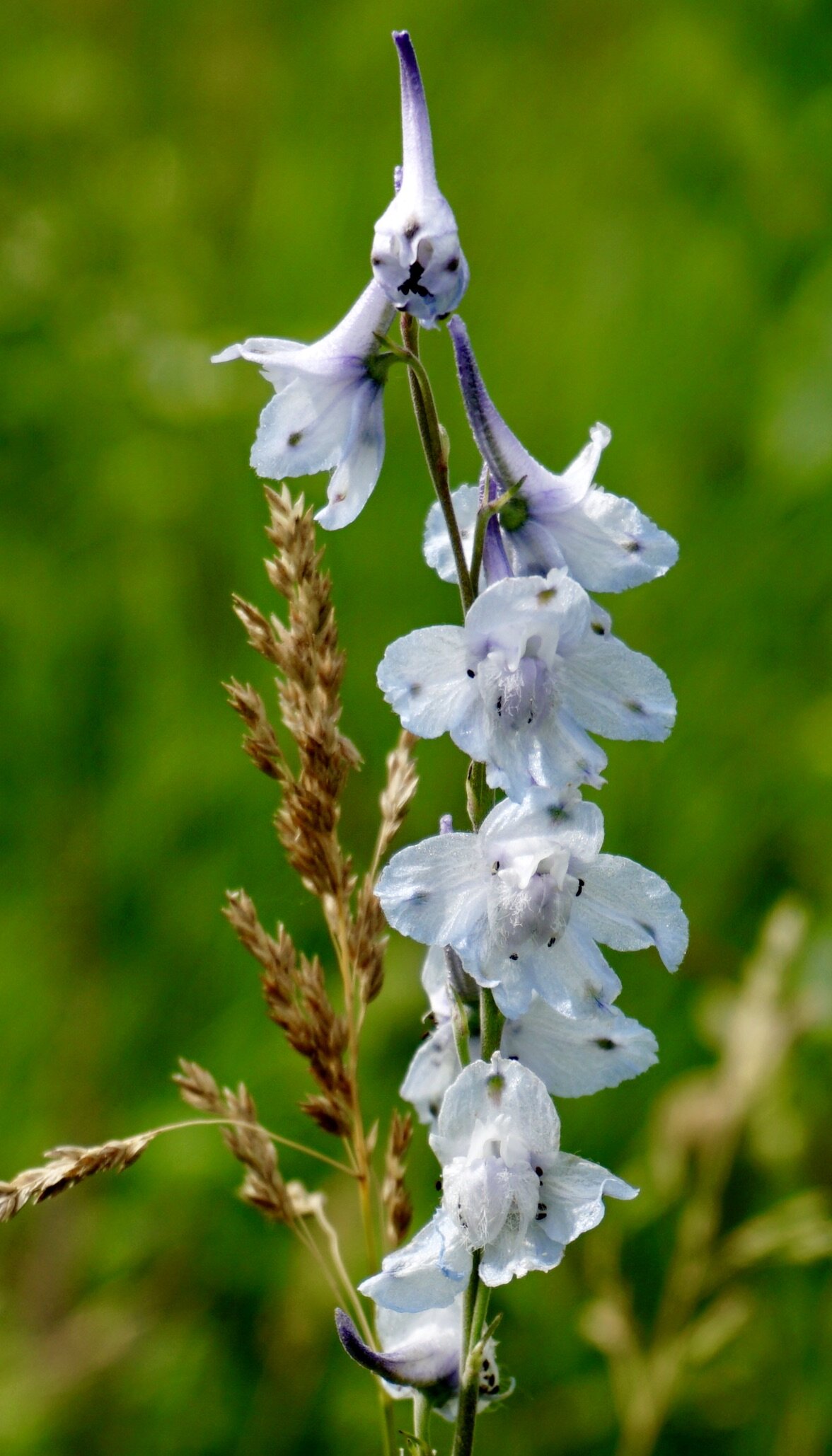
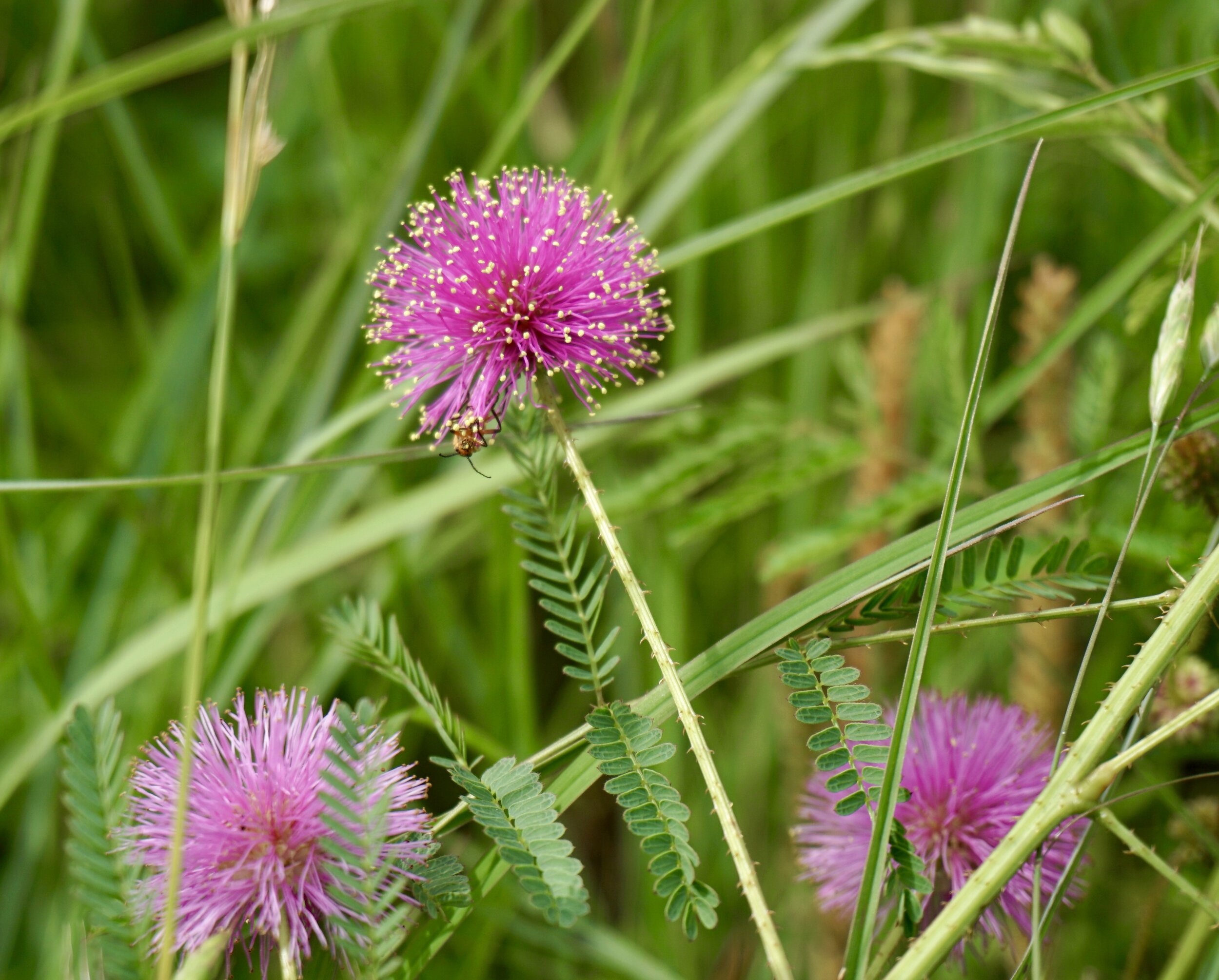
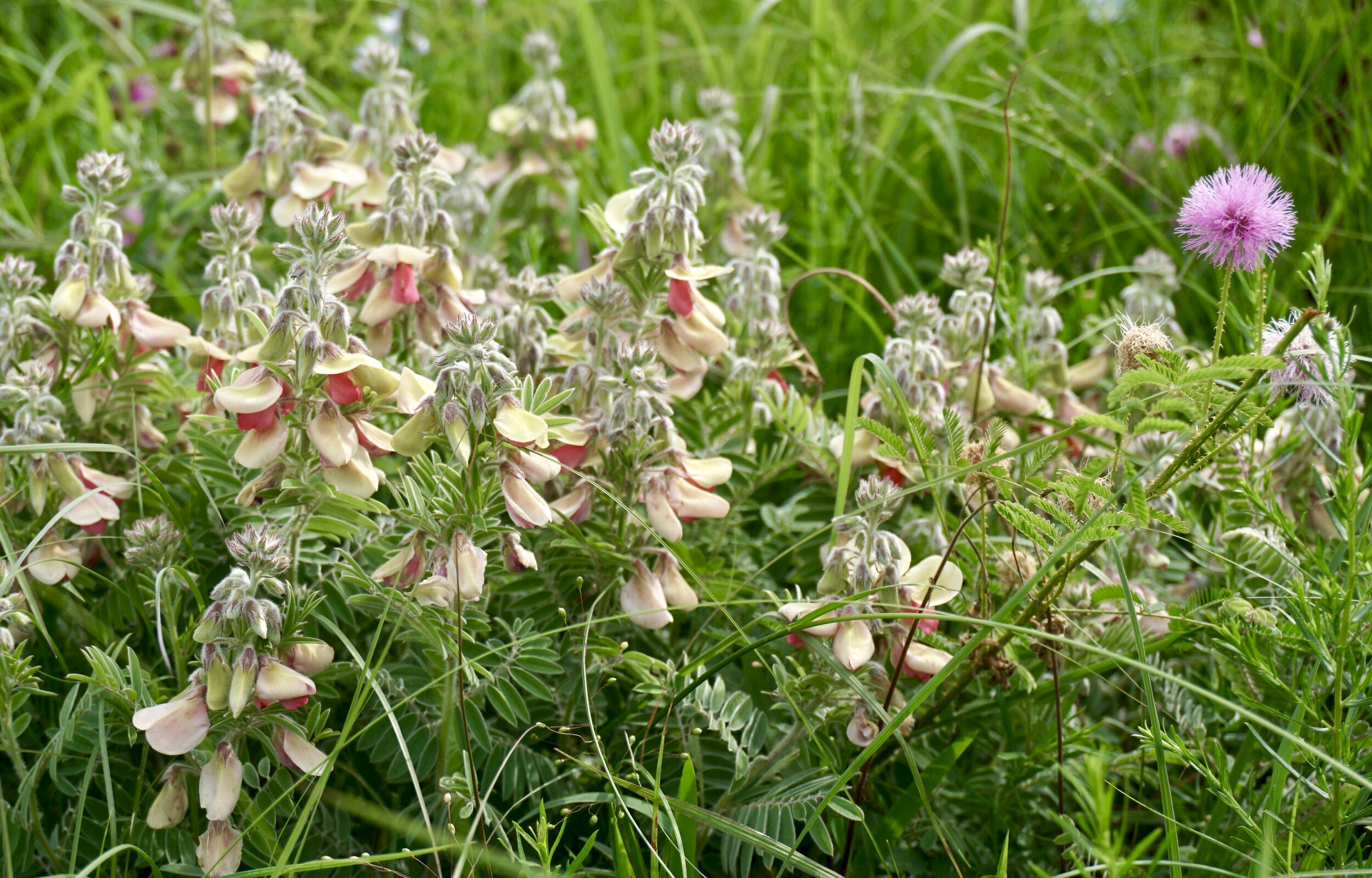
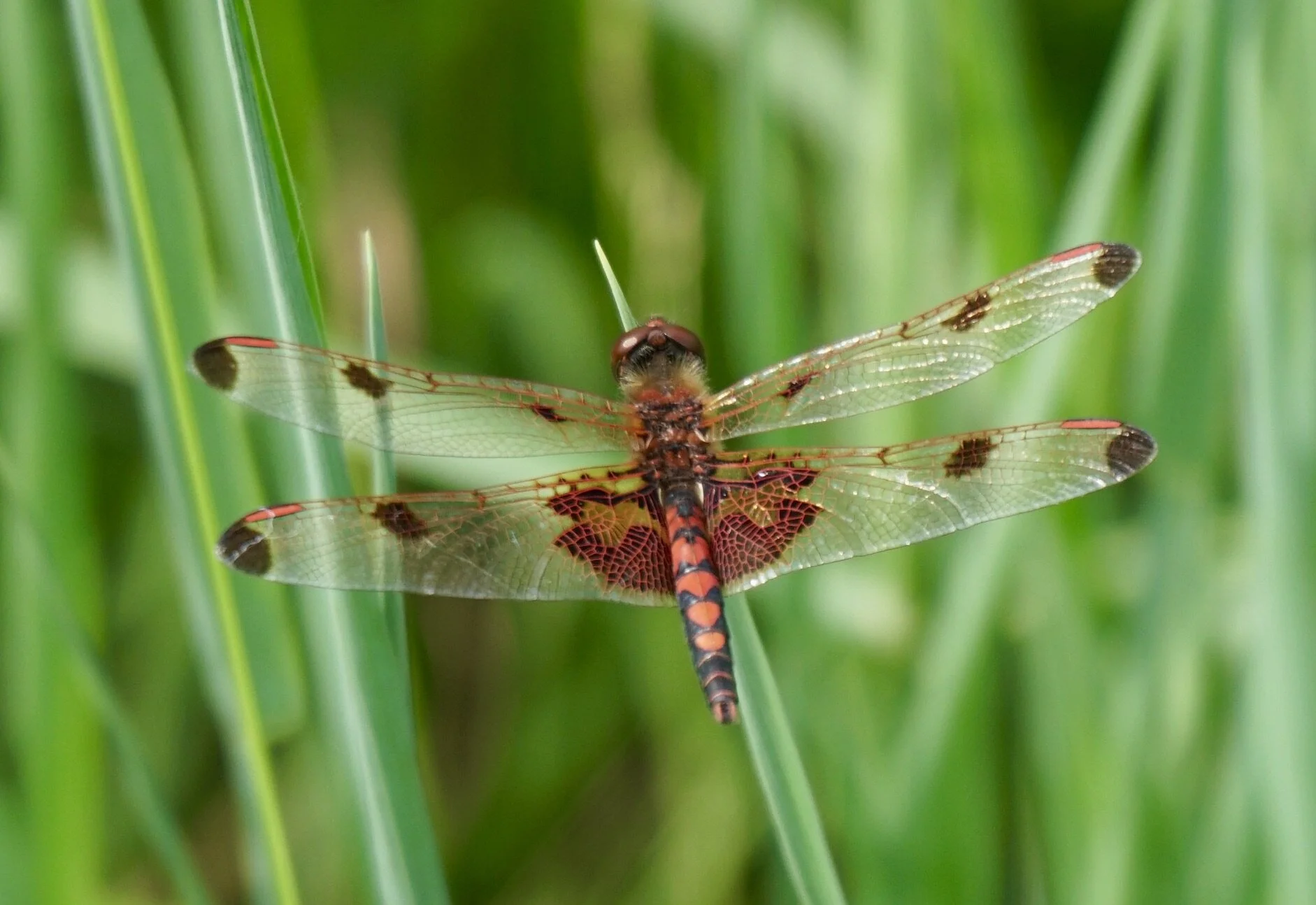

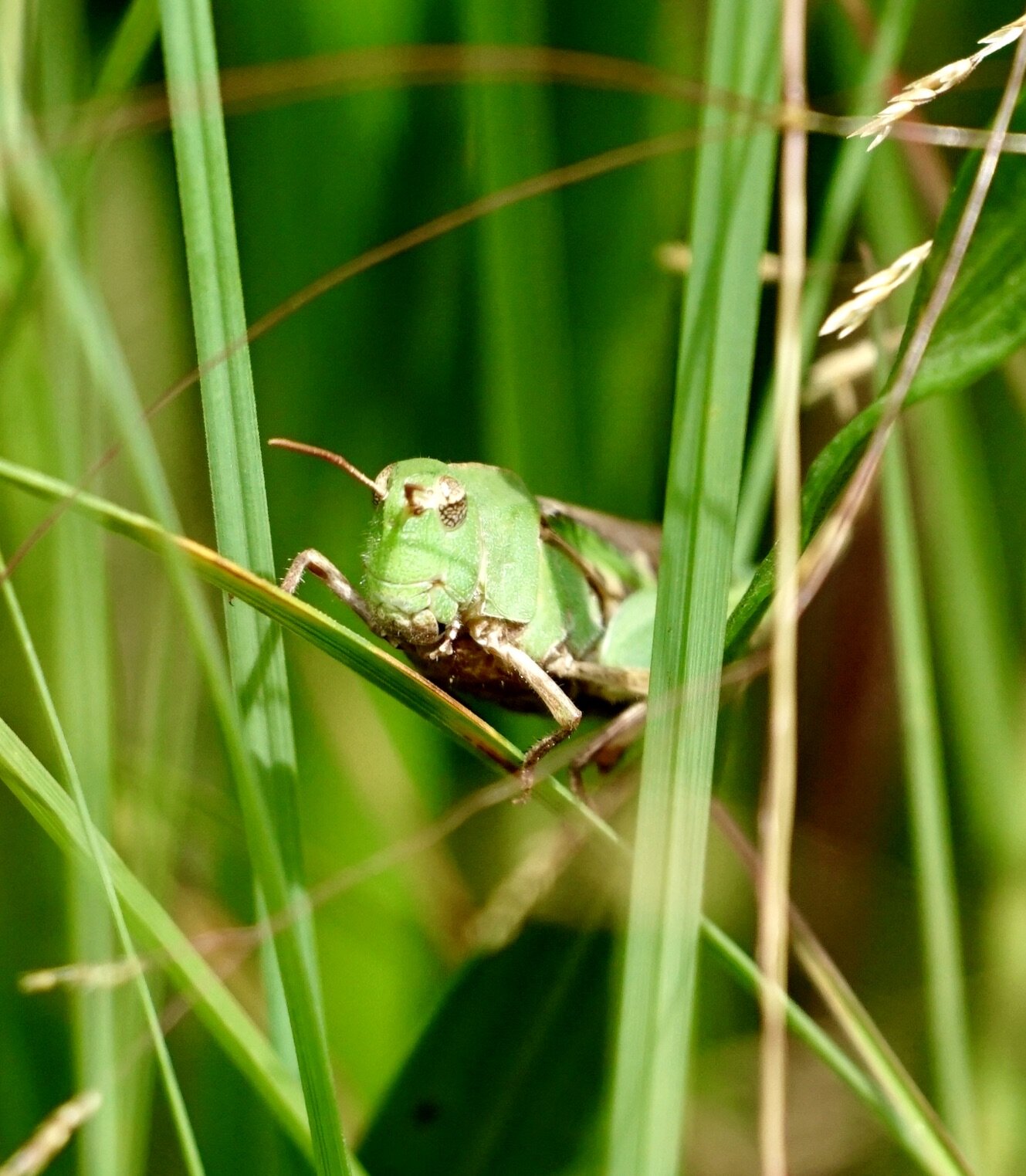
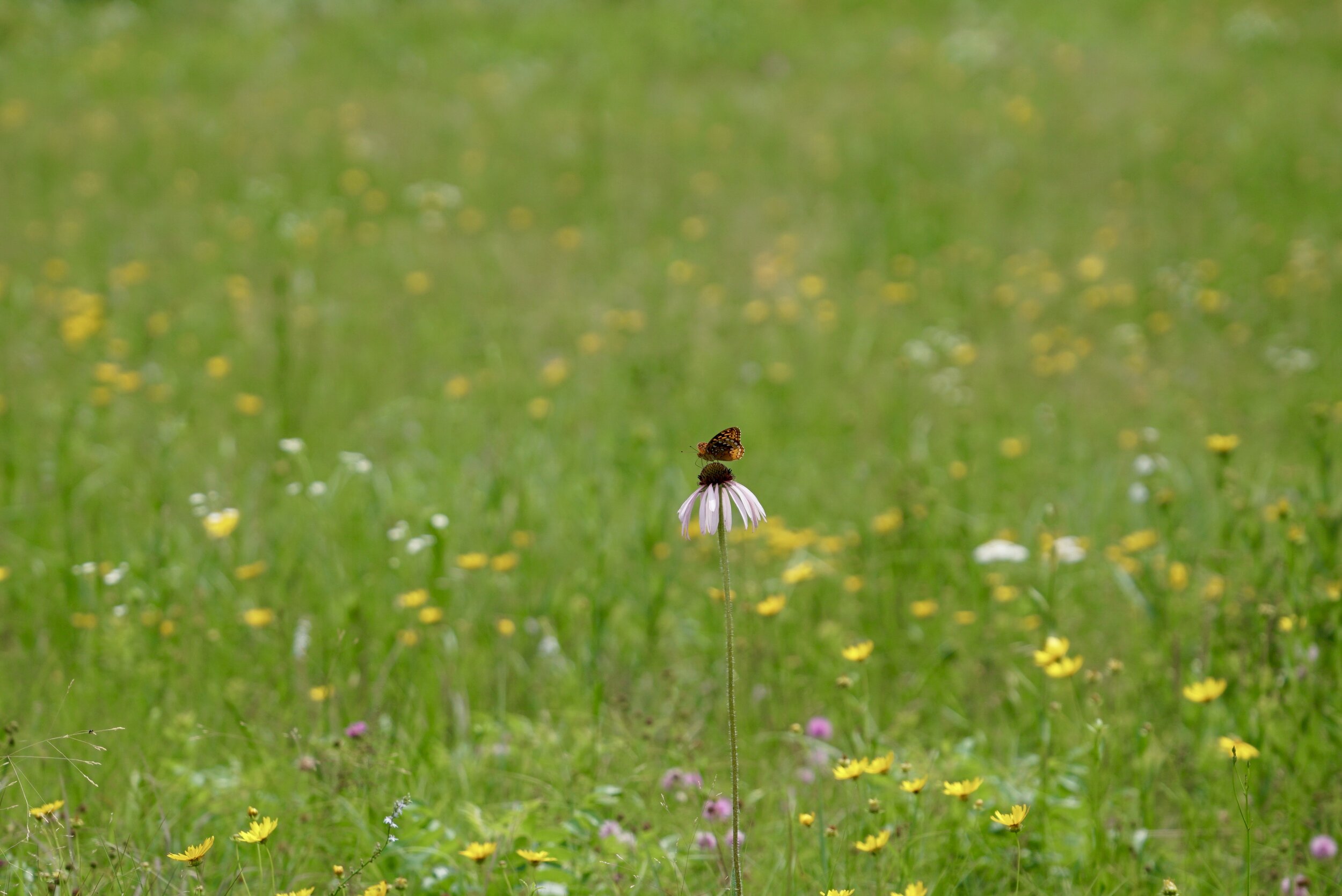

Photos taken at Diamond Grove Prairie CA, Diamond, Missouri - for more information about this prairie folliw this link: https://nature.mdc.mo.gov/discover-nature/places/diamond-grove-prairie-ca
